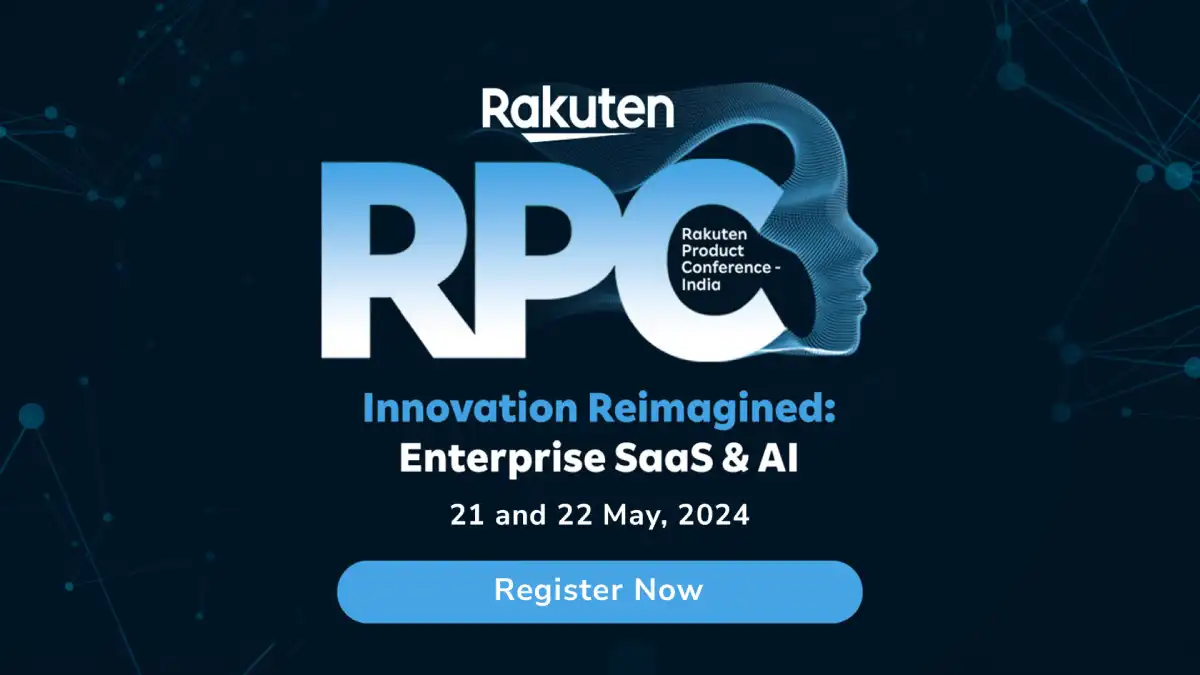The last few years have seen the emergence of analytics as a potential force for driving data-based decision making in HR. Traditionally, Human Resource Management forms the policies and practices that define the workplace culture of the company. It deals with identifying, hiring, training, motivating, and retrenchment of the workforce.
Human Capital Management on the other hand is the strategic issue that systematically seeks to analyze, measure and evaluate how these policies and practices create value. HR Analytics is one such practice under HCM. It is a combination of software and methodology that applies statistical models to worker-related data, allowing enterprise leaders to optimize human resource management. Genpact has been using people analytics successfully to drive employee engagement over the last 2 years.
Gallup, a research-based global performance management consulting company, in their recent survey, found that concentrating on employee engagement can help companies withstand, and possibly even thrive, in tough economic times. It advocates that companies with high engagement have a 20% boost in productivity and profitability. They also said that globally, only 13% of workers were engaged.
Engagement reflects upon organization’s operational capabilities from the viewpoint of its employees such as Leadership, Change Advocacy, Work Culture and other important competencies. It can help highlight issues like reasons for attrition and incompetent leadership. It can also predict well in advance the dissatisfied or unhappy employees who might either eventually attrite or their performance suffers due to lack of focus which finally leads to firing.
In both cases, the company ends up exhausting its vital resources like money and workforce in filling up those places again. It is a fact that retention is always cheaper than recruiting. Therefore, if unhappy/dissatisfied/disengagement employees could be predicted it, will help in forming an effective retention policy specific to individual problems or at least help in understanding the problem itself if not able to retain. With HR more and more becoming a strategic partner in helping a company achieve its goals, organizations today are looking at employee engagement to be a driver of business outcomes.
With tools to manage onboarding, performance management, succession planning, workforce analytics and HR Management, Howden, an engineering firm has increased HR process efficiencies and retention of its top talent, while decreasing time-to-productivity for new employees and costs associated with employee turnover.
Genpact has worked extensively in the area of attrition. The basic premise they work on is that dissatisfaction leads to unhappiness at work which causes disengagement and ultimately attrition.
The analysis at Genpact begins with a complete database of employees containing details since the time of their joining. Along with various attributes like age, gender, date of joining, date of birth, date of leaving, days in band etc., they also collect a first-line manager survey (FLM Survey), which is designed to get ratings of managers from subordinates based on Six leadership competencies namely: Business Acumen, Change Advocacy, People Leadership, Execution, Effective Communication, Customer Centricity.
Apart from this, they also have performance ratings of the employees which categorizes them according to their potential. They also undertake a lot of engagement initiatives and keep records of the employees who participate. Training data is also available to the employees who have undertaken trainings and their performance on those as well as their other achievement.
Genpact has found a positive relationship between the performance ratings and their FLM surveys. Using this data, they were able to identify factors that are important for employee retention and which enhance an employees’ sense of engagement. Once this is done, they can better engage the employees by using the analytics data in the following ways:
- They are able to prioritize the initiatives out of the basket of engagement activities, which have the maximum impact and are able to redirect investments to the more beneficial ones.
- Using analytics they can predict employees who are at the highest risk of leaving the organisation within the next 6 months and can design interventions to rehire them or re-engage them to minimise the risk of attrition.
This becomes very important for them as they invest a lot of resources in training and developing their employees. Therefore, every employee who leaves is a drain on the resources.














































































